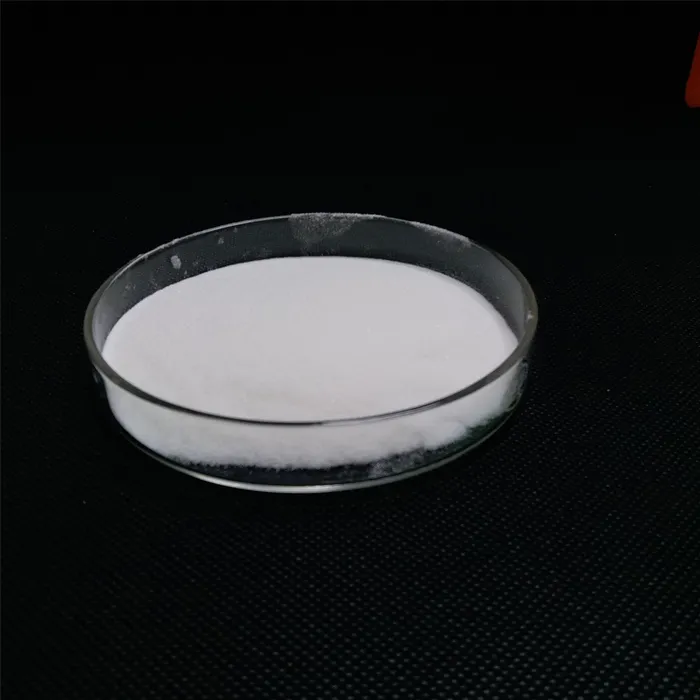Pentoxifylline Potential Benefits and Applications
Pentoxifylline, a drug primarily used for improving blood flow in patients with certain circulatory disorders, is a member of the xanthine derivative class. Its therapeutic applications extend beyond its original purpose, and its role in addressing various health conditions has drawn significant attention in the medical community. Understanding the mechanisms of pentoxifylline and its potential benefits can provide valuable insights for both healthcare professionals and patients.
Mechanism of Action
Pentoxifylline operates through several mechanisms. It is known to improve erythrocyte flexibility, which enhances blood flow and oxygen delivery to tissues. By inhibiting phosphodiesterase, it increases intracellular levels of cyclic AMP (cAMP), leading to vasodilation and improved microcirculation. Additionally, pentoxifylline has anti-inflammatory properties, which can be crucial in conditions characterized by chronic inflammation and tissue injury.
Clinical Applications
Peripheral Artery Disease (PAD)
One of the primary indications for pentoxifylline is peripheral artery disease (PAD), a condition where narrowed arteries reduce blood flow to the limbs, causing claudication (pain in the legs during exertion). Clinical studies have shown that pentoxifylline can alleviate symptoms of claudication and improve walking distance in individuals with this condition. The drug’s ability to enhance blood flow and reduce blood viscosity makes it a valuable option for managing PAD.
Chronic Venous Insufficiency (CVI)
Pentoxifylline has also been studied for its role in managing chronic venous insufficiency, a condition characterized by impaired blood flow in the veins of the legs. Some evidence suggests that pentoxifylline may help reduce symptoms associated with CVI, such as leg swelling and pain. Its ability to improve microcirculation and decrease inflammation could contribute to better outcomes in patients suffering from this condition.
Diabetic Foot Ulcers
pentoxifylline 100 mg

The drug's properties extend to wound healing, particularly in diabetic foot ulcers. Research indicates that pentoxifylline can enhance tissue oxygenation and promote healing in chronic wounds by improving blood flow. This is especially important for diabetic patients, as their circulatory issues can complicate wound healing. The anti-inflammatory effects of pentoxifylline may further support the healing process by reducing local inflammation around the ulcer area.
Acute Respiratory Distress Syndrome (ARDS)
Pentoxifylline has garnered interest for its potential role in treating acute respiratory distress syndrome (ARDS), a severe inflammatory condition of the lungs. Some studies have explored pentoxifylline as a therapeutic option due to its ability to modulate inflammation and improve microvascular permeability. While more research is needed, initial findings suggest that it may beneficially impact pulmonary function in ARDS patients.
Dosage and Administration
Pentoxifylline is typically administered orally and is available in various formulations. The common dosage for managing PAD is 400 mg three times a day, although healthcare providers may adjust the dose based on individual patient needs and response to treatment. It is important for patients to follow their doctor's instructions carefully and to discuss any side effects or interactions with other medications.
Side Effects and Precautions
While pentoxifylline is generally well-tolerated, it is not devoid of side effects. Common adverse reactions include gastrointestinal disturbances, dizziness, and headaches. Patients with a history of arrhythmias or those who are pregnant should exercise caution and consult with their healthcare providers before starting treatment. Regular monitoring may be advisable to mitigate potential risks.
Conclusion
Pentoxifylline represents a multifaceted therapeutic agent with applications ranging from improving blood flow in peripheral artery disease to supporting wound healing in diabetic patients. Its unique mechanisms of action, including enhancing erythrocyte flexibility and providing anti-inflammatory effects, position it as a valuable tool in managing various circulatory and inflammatory conditions. As research continues to unfold, pentoxifylline may find even broader applications in modern medicine. Patients and healthcare professionals should be aware of its potential benefits, optimal usage, and necessary precautions to ensure safe and effective treatment outcomes.

